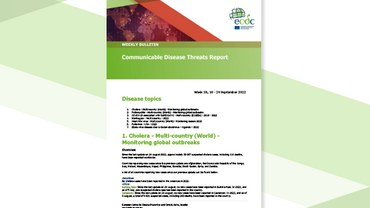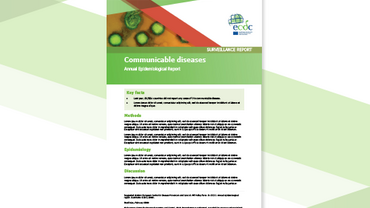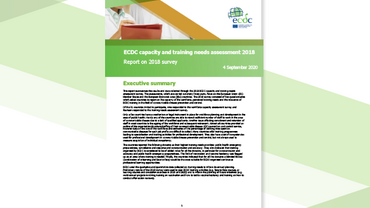Seventh external quality assessment for Salmonella typing
In 2014, Salmonellosis was the second most commonly reported zoonotic disease in the European Union, with a notification rate of 23.4 cases per 100 000 population. Although there was a decrease in the annual total number of Salmonella outbreaks in the EU between 2008 and 2014, Salmonella was still the second most common cause of foodborne outbreaks in the EU in 2014.
This report presents the results of the seventh round of the external quality assessment (EQA-7) scheme for typing of Salmonella enterica spp. organised for laboratories in the Food- and Waterborne Diseases and Zoonoses network (FWD-Net).
Since 2012, the EQA scheme has covered the molecular typing methods used for EU-wide surveillance, Pulsed Field Gel Electrophoresis (PFGE) for all serovars and Multiple Locus Variable number of tandem repeat Analysis (MLVA) for Salmonella Typhimurium. The current EQA, arranged by the Unit of Foodborne Infections at Statens Serum Institut (SSI), Denmark, represents the final deliverable under the framework contract with ECDC and was performed between October 2015 and February 2016.
The objectives of the EQA scheme are to assess the quality and comparability of the typing data produced by the national public health reference laboratories in the FWD-Net.






